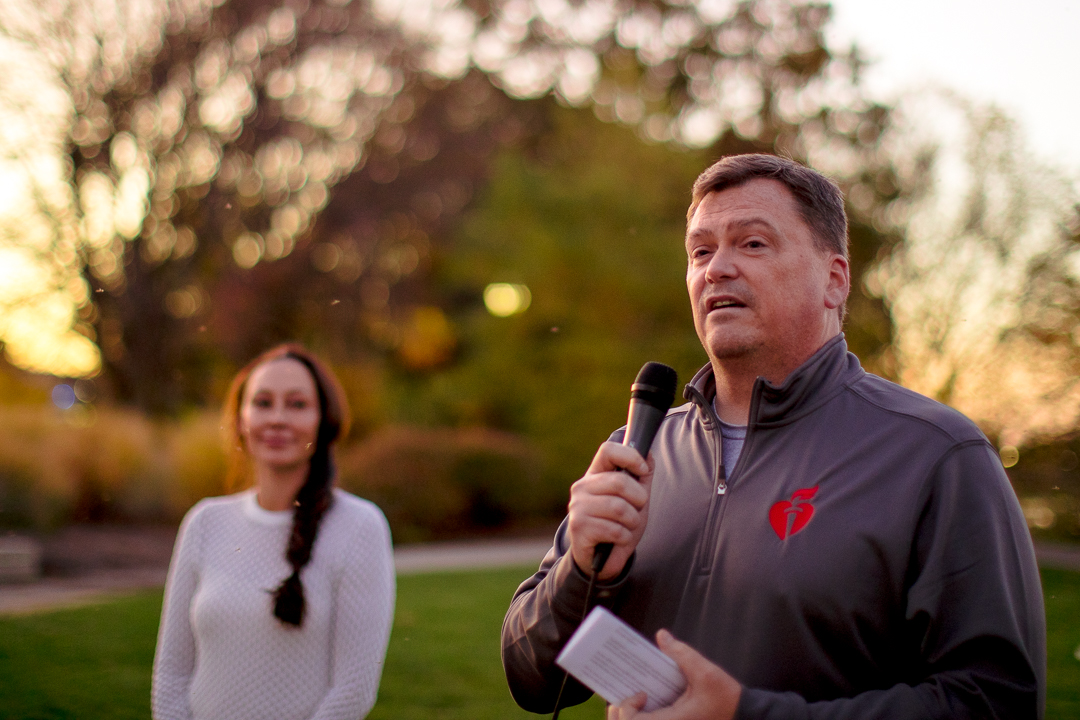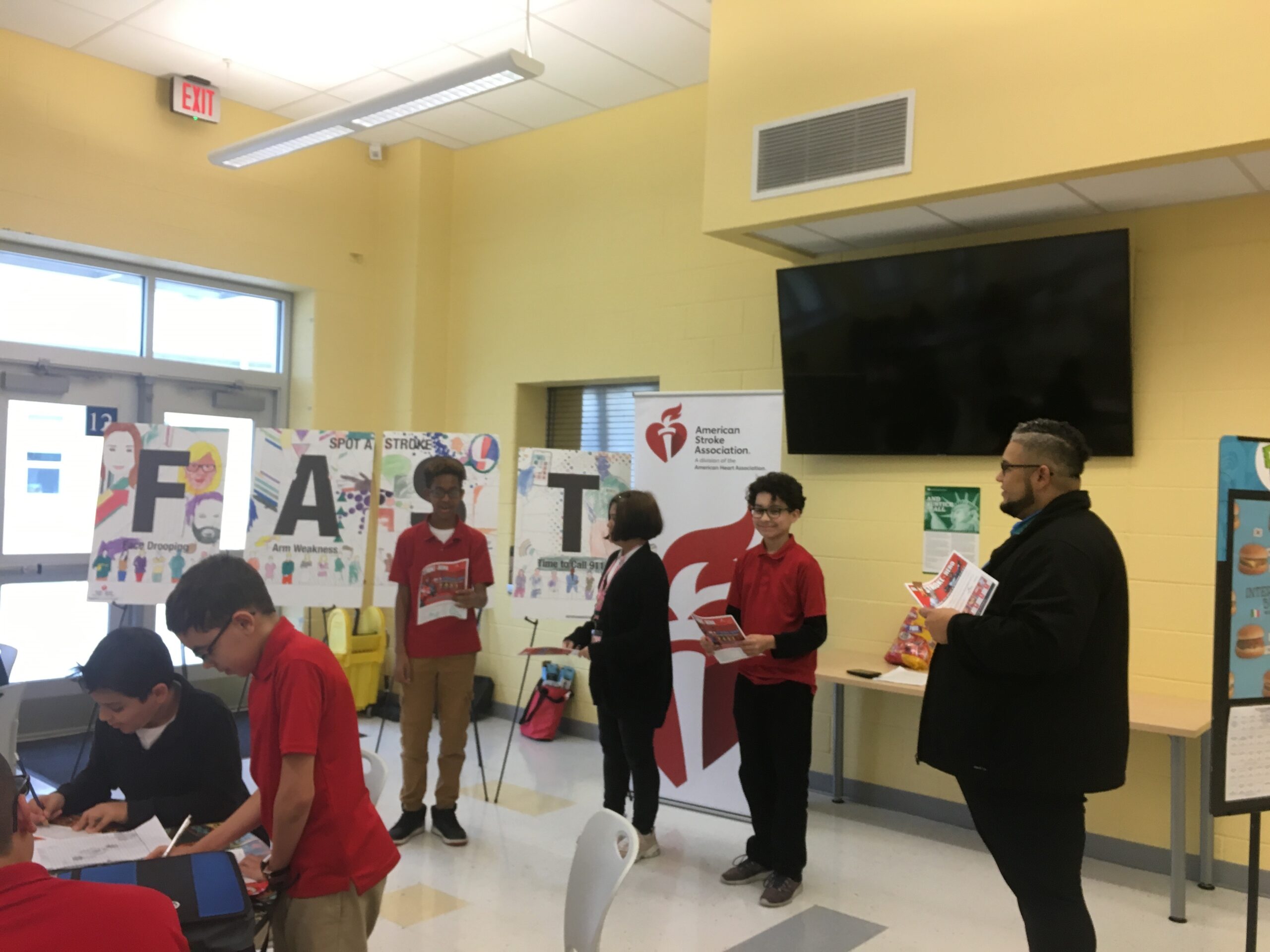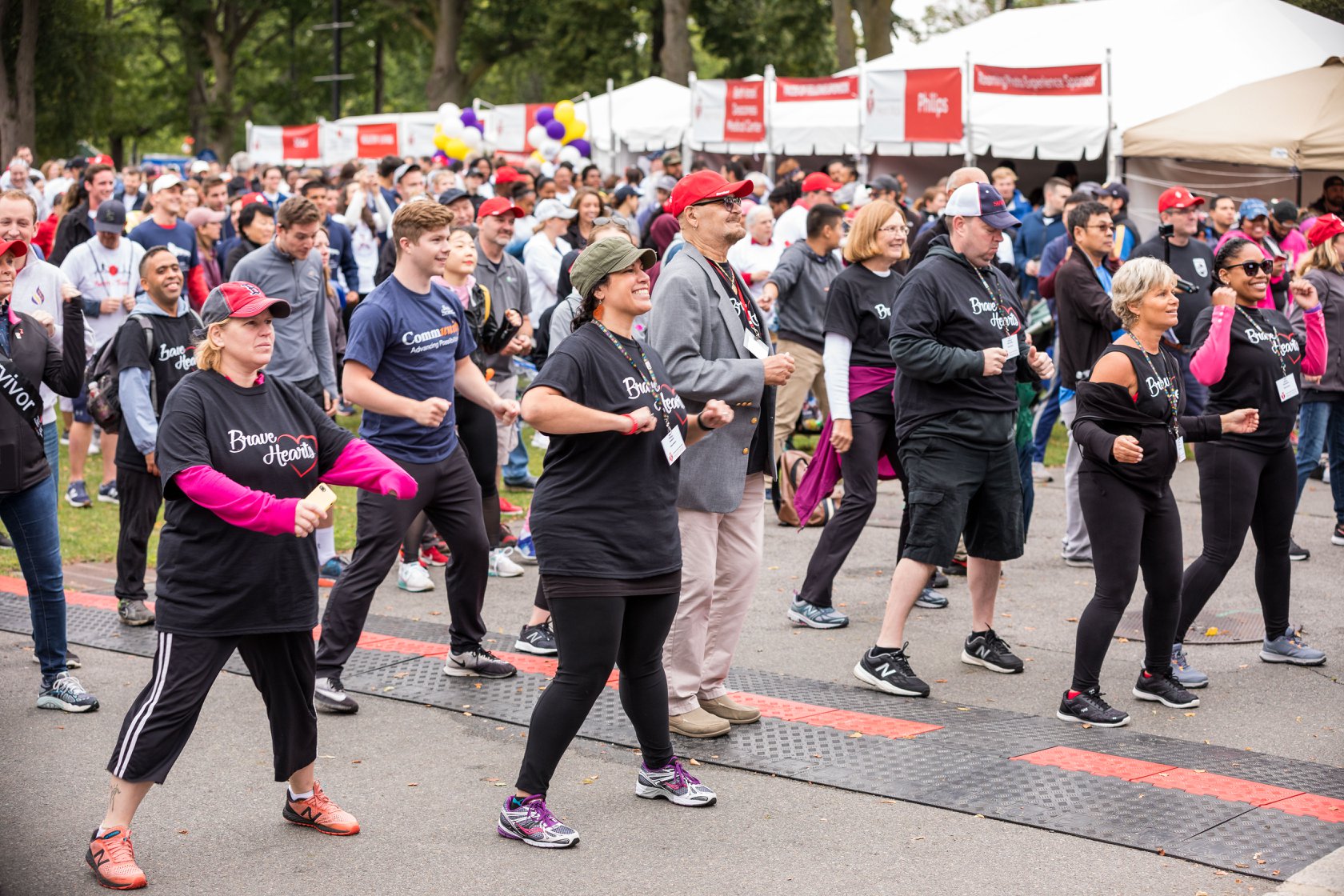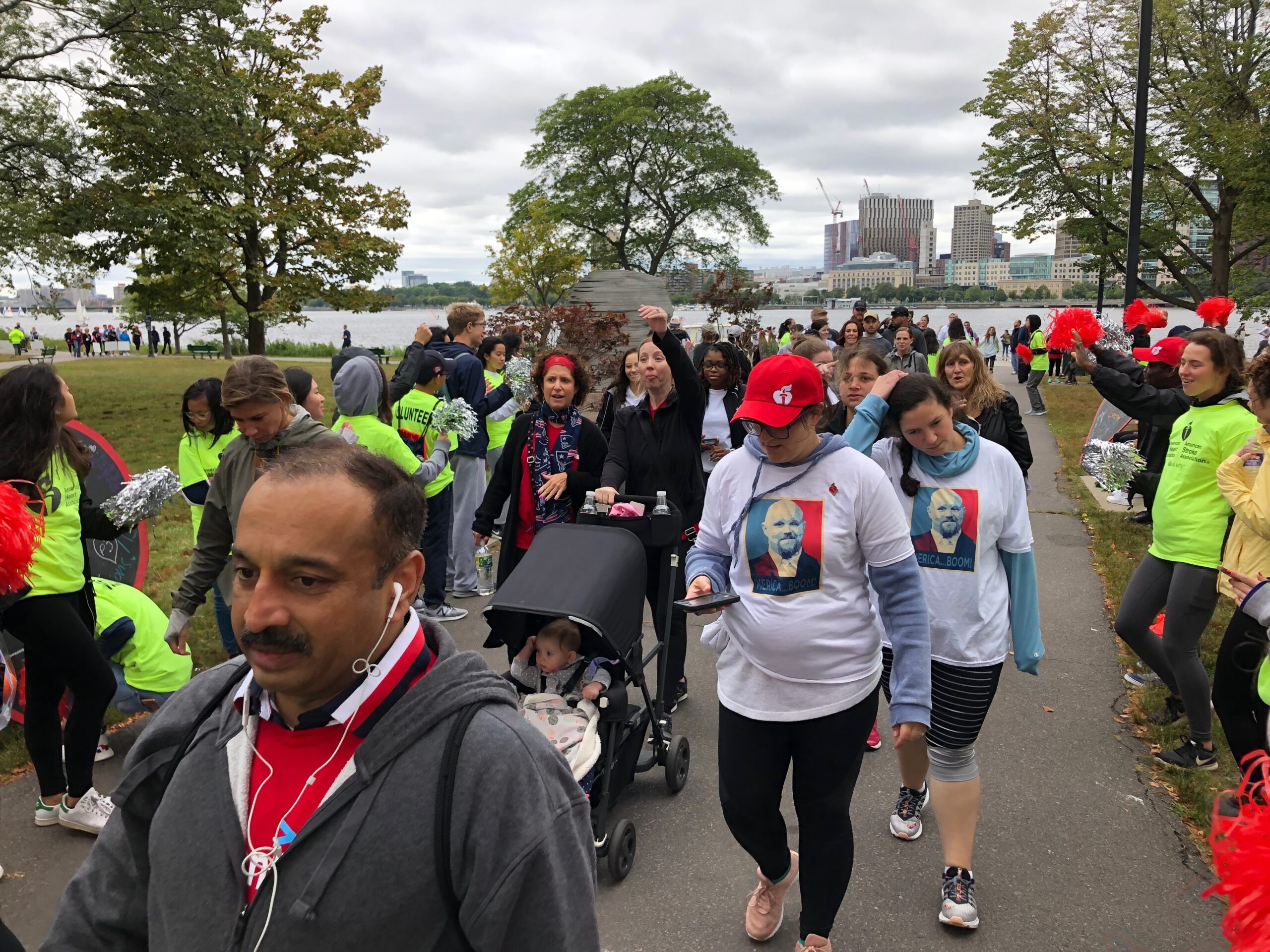Guest Blog By: Anastasia Milliman
- Only 44% of women recognize that cardiovascular disease is their biggest health threat.
- 90% of women have one or more risk factors for developing heart disease.
- Most cardiac and stroke events can be prevented by education and lifestyle changes.
- Healthy changes have resulted in 330 fewer women dying from heart disease per day.
Why is it that women are so constantly misrepresented in the medical field?

This was the question I asked myself while working to create my Girl Scout Gold Award Project. As I researched, I found the fact that cardiovascular is disease the number 1 killer of women each year to be a prevailing issue. As I continued, I found that healthcare data is based majorly on the male anatomy and that is a large factor in why women are so often overlooked while receiving care. Even though women of all ages are at risk, and women are at higher risk than men, they are turned away from receiving care because their symptoms don’t match.
The biases in society contribute to this wholly as well, for example, women are less likely to receive bystander CPR because rescuers fear accusations of sexual misconduct or inappropriate touching. Minorities are also disproportionately affected, often leading to greater mortality rates and a lack of adequate care.
Facts such as these drove my passion for my project. It was impactful to hear about the disparities women have been facing throughout history and this allowed my desire to go into the medical field to continue. I knew that I wanted to educate my community on how important women’s cardiovascular health is. I teamed up with a nonprofit organization that works to provide free primary care for Bergen County’s uninsured working citizens. This allowed me to coordinate with a cardiologist and my local ambulance corps to develop a comprehensive presentation given to the public about women’s healthcare and how they could personally make an impact by being knowledgeable. In addition to this, I created a book display to continue the education of my community that was presented for the entire month of May at my local library.
Being educated and having an awareness of these issues opens doors for you to take control of your health and to help minimize the gap in health services and the quality of care that women receive. I worked to do this within my community, but now I am looking to reach a larger audience, taking control of your health is one way to minimize this gap.
For more information about how to continue education on how to take charge of your health, and how to make healthy lifestyle changes visit the American Heart Association and Go Red for Women websites. Go Red for Women | The American Heart Association’s signature women’s initiative.
The views, opinions and positions expressed within these guest posts are those of the author alone and do not represent those of The American Heart Association | American Stroke Association. The accuracy, completeness and validity of any statements made within this article are not guaranteed. We accept no liability for any errors, omissions or representations. The copyright of this content belongs to the author and any liability with regards to infringement of intellectual property rights remains with them.
The American Heart Association’s blog is not intended to provide medical advice or treatment. Only your healthcare provider can provide that. The American Heart Association recommends that you consult your healthcare provider regarding your personal health matters. If you think you are having a heart attack, stroke or another emergency, please call 911 immediately.




























































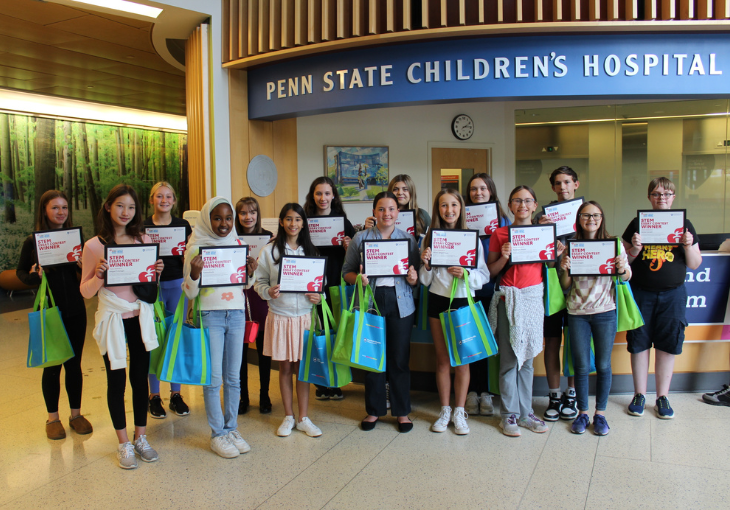





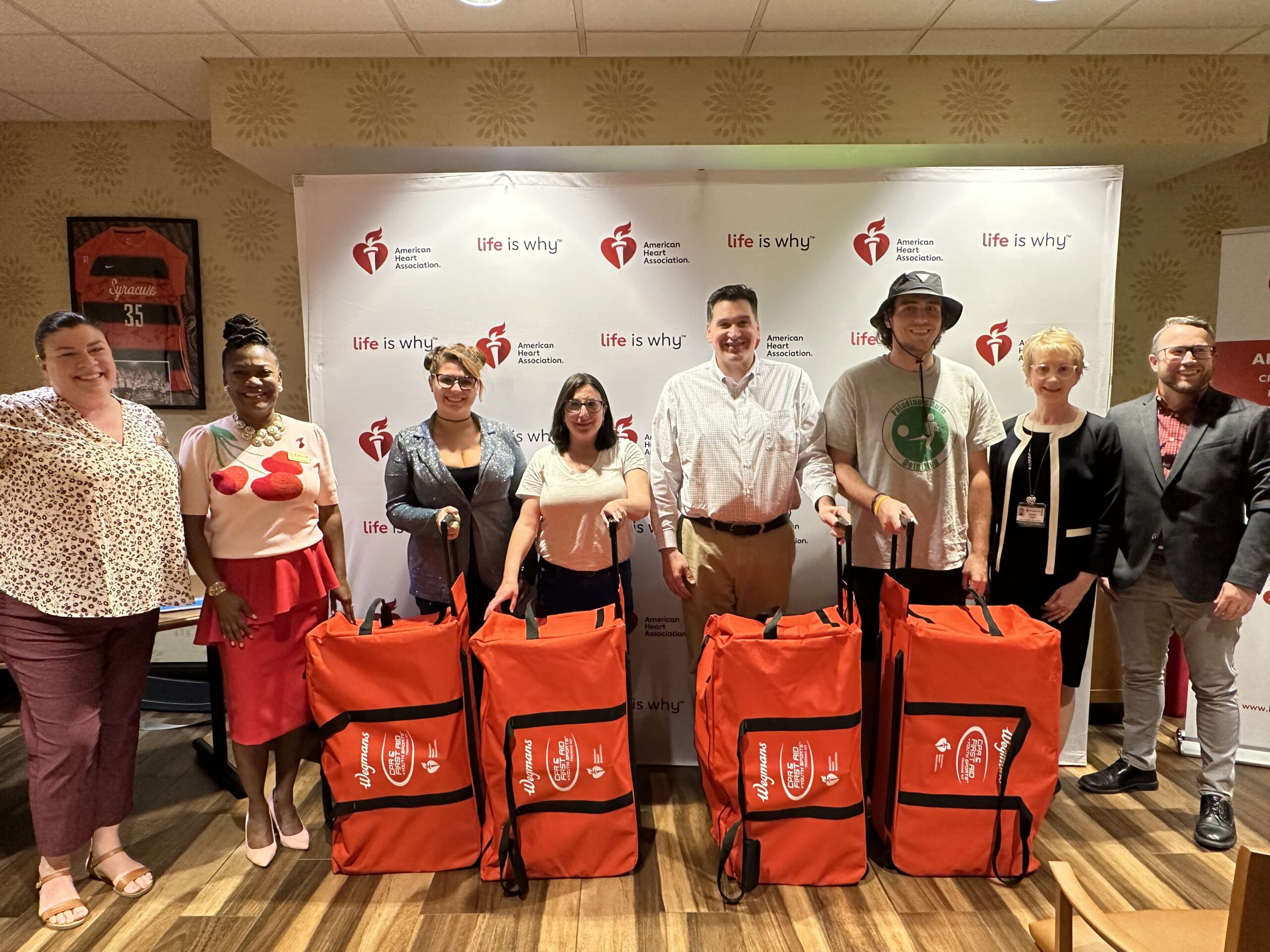

















































































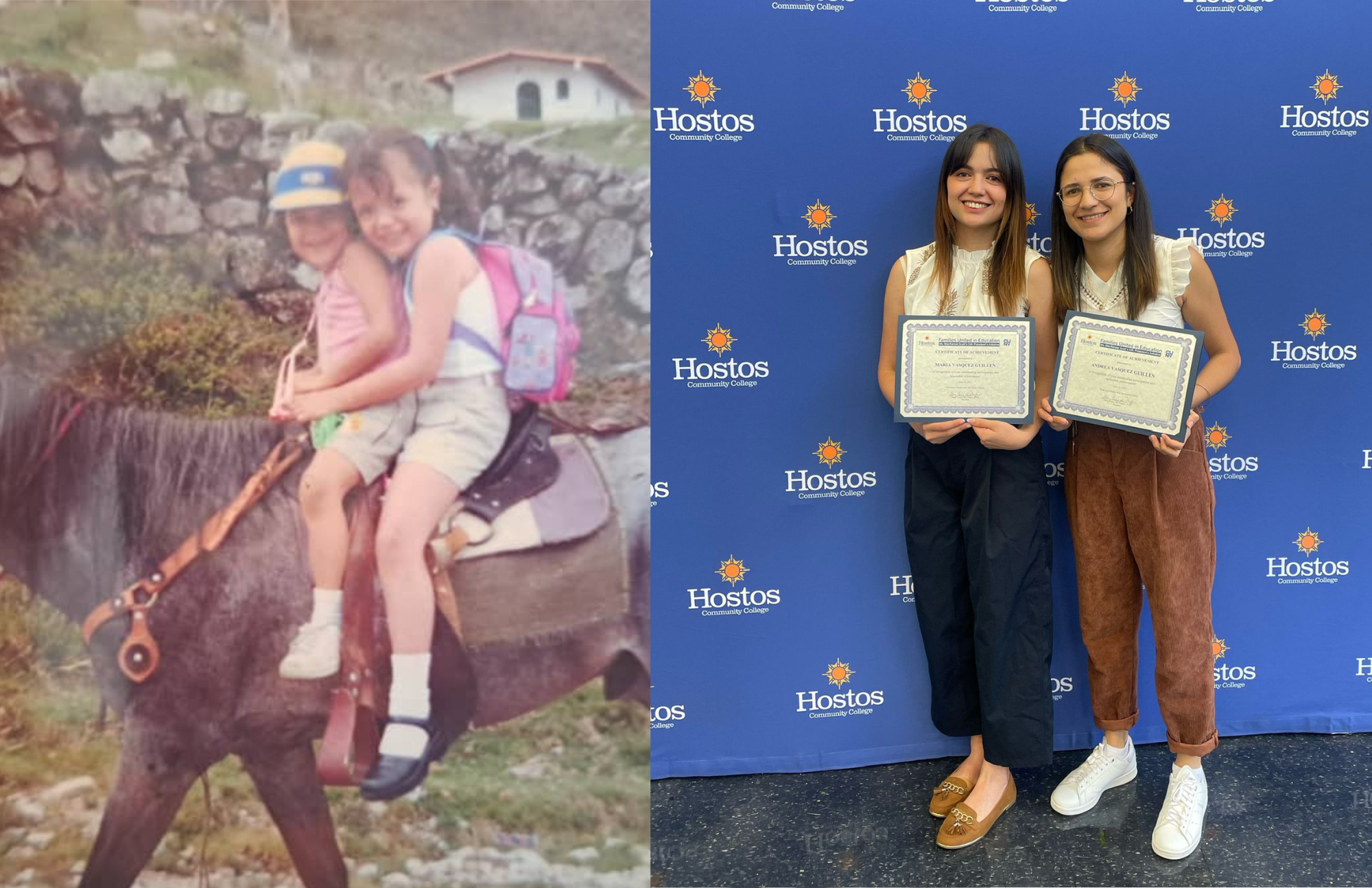




















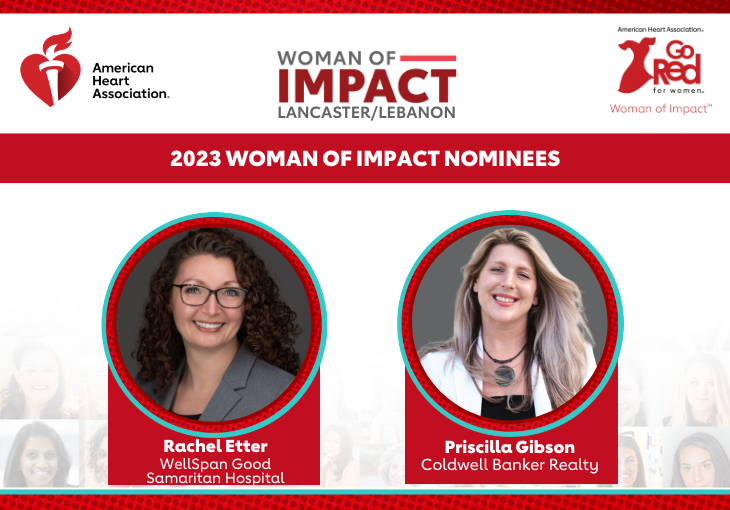










































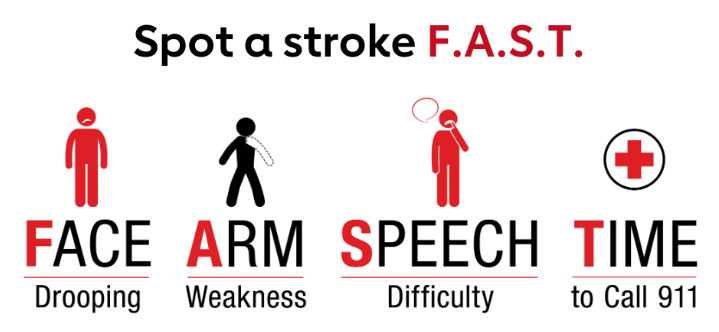


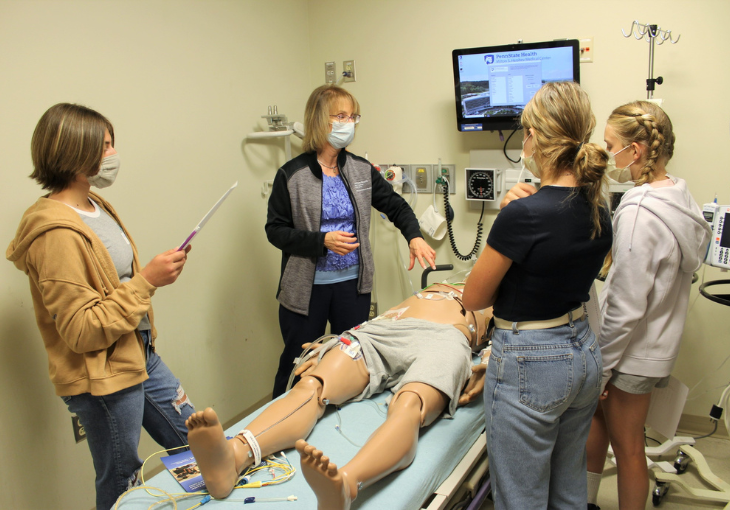
















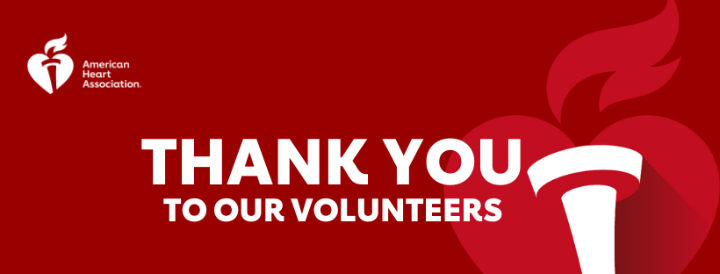

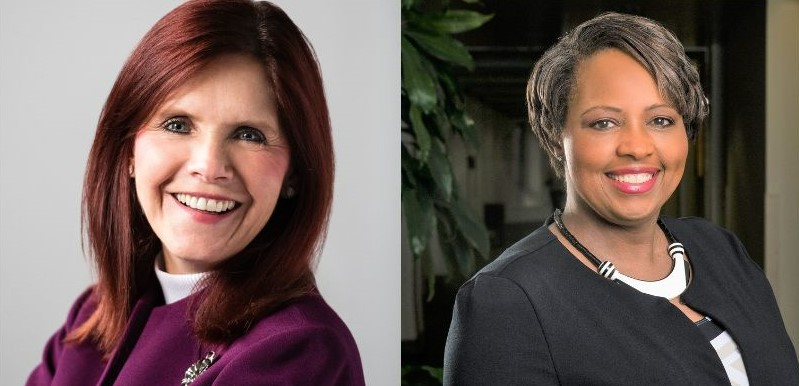














































 opportunity to live a full and healthy life” said Owen Billman, chair of the Greater Washington Region Board of Directors and president of Blake Real Estate.
opportunity to live a full and healthy life” said Owen Billman, chair of the Greater Washington Region Board of Directors and president of Blake Real Estate. 
















































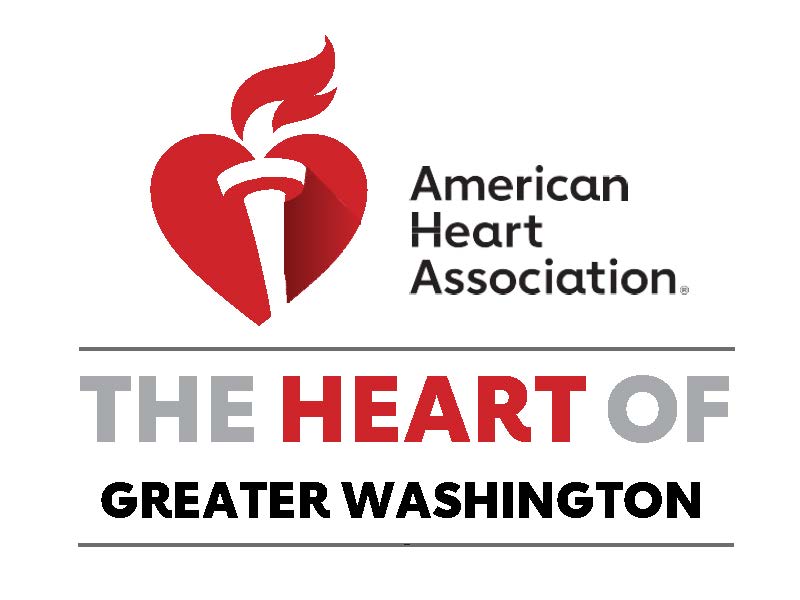




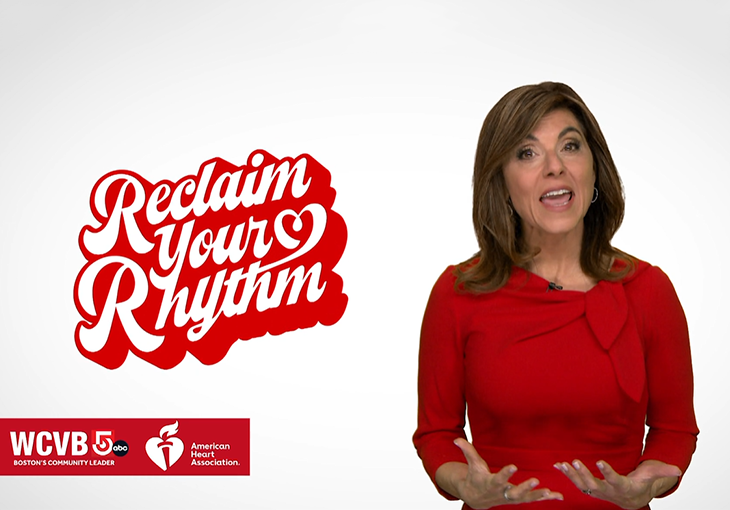




















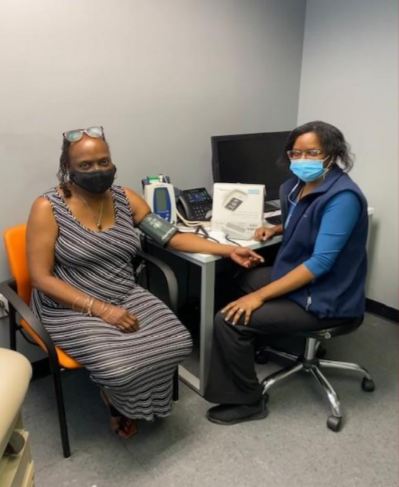

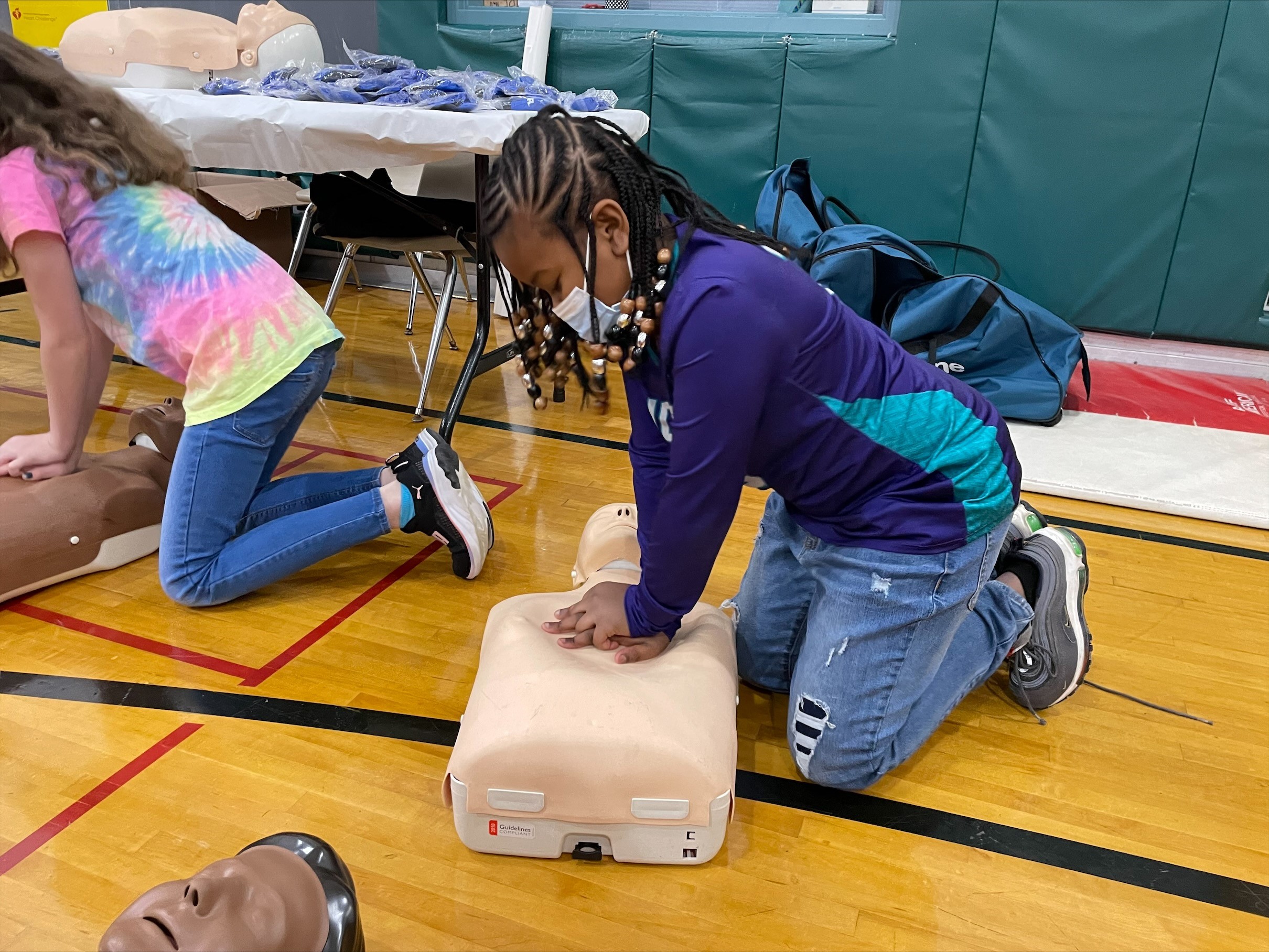









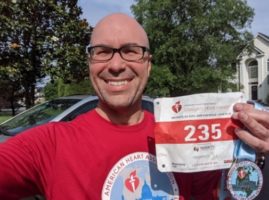











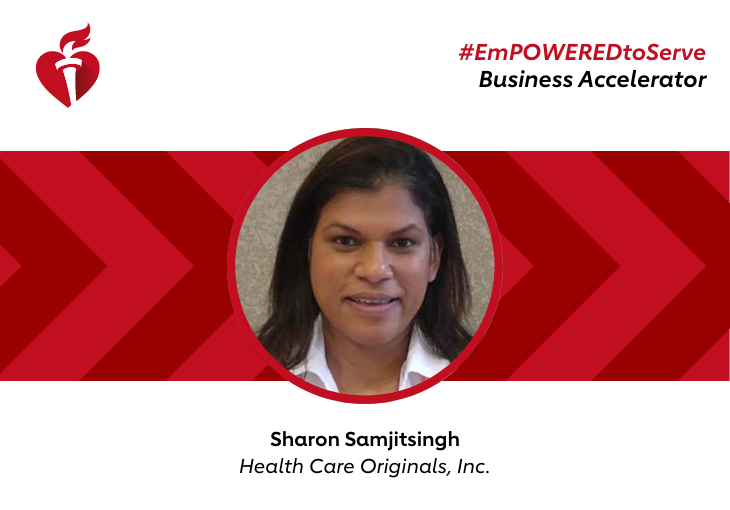

















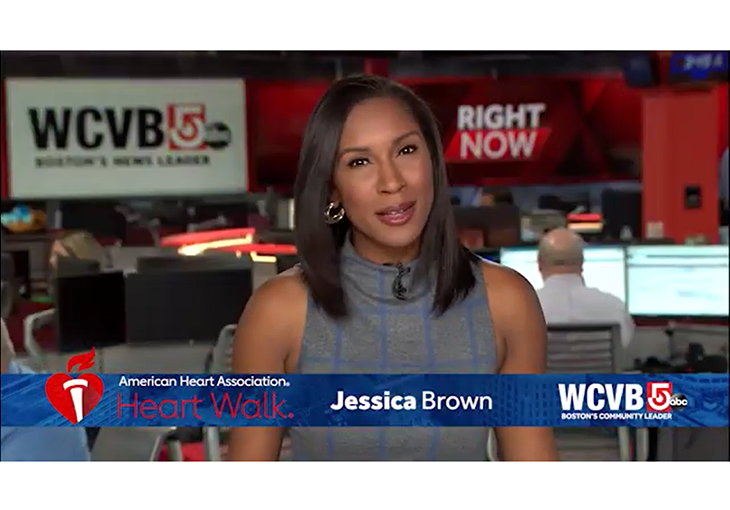

























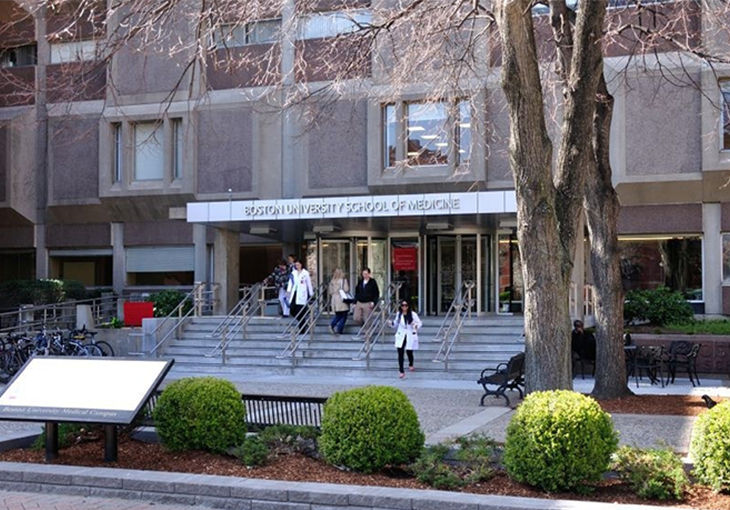





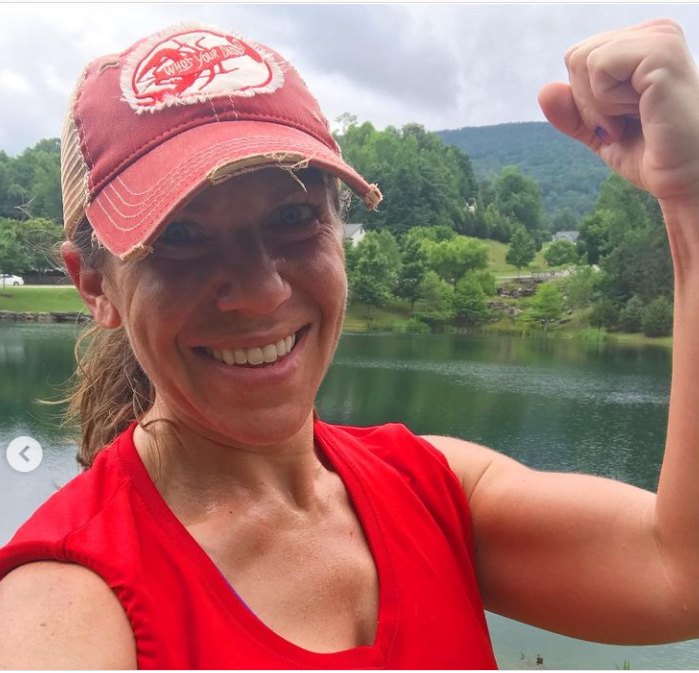






















































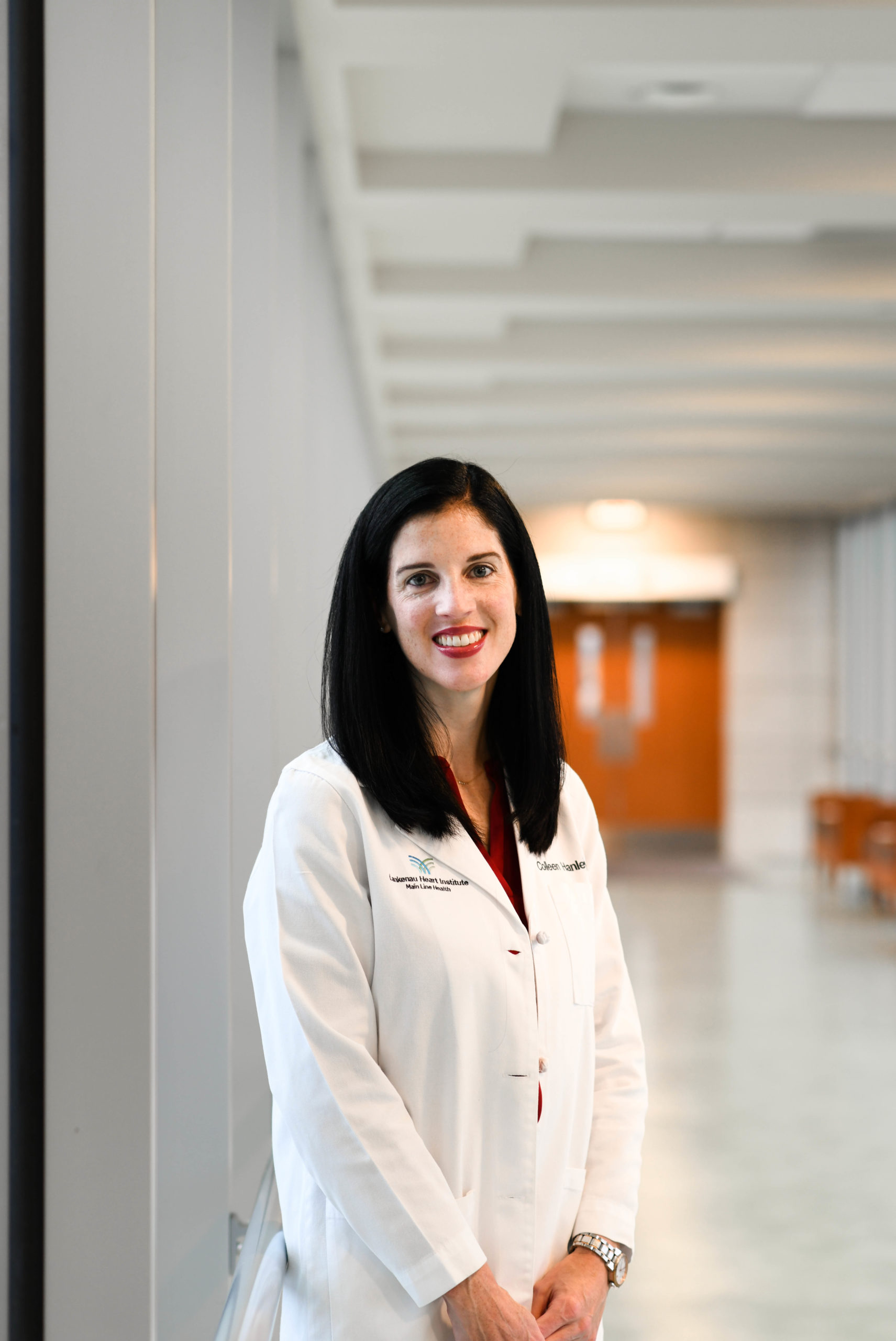






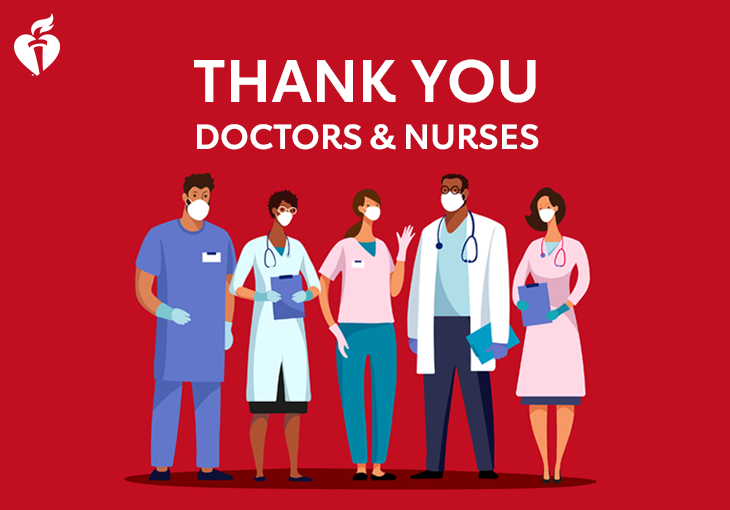


































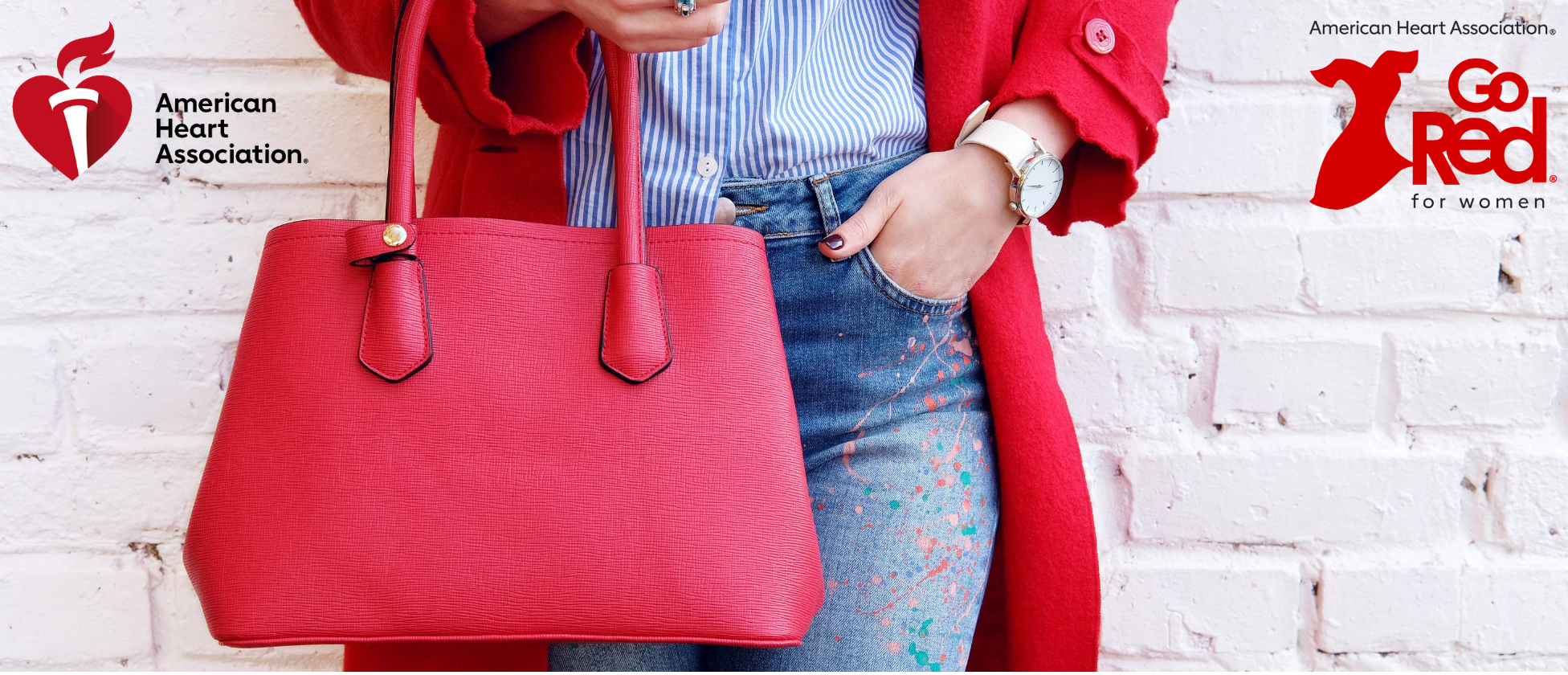











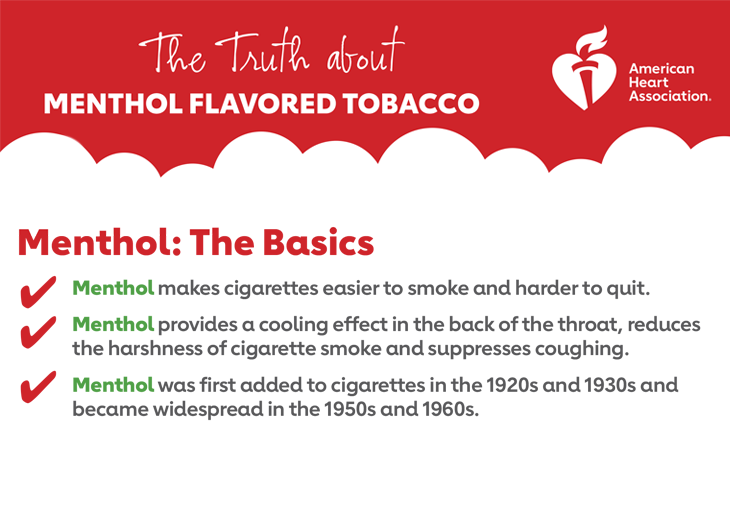




























 Health around blood pressure awareness and control for its patients. The mission of Neighborhood Health is to improve health and advance health equity across Northern Virginia in Alexandria, Arlington, and Fairfax by providing high quality primary care regardless of ability to pay. Within the system there are 12 clinics that service residents in need with services ranging from family practice, internal medicine, dental care and behavioral health.
Health around blood pressure awareness and control for its patients. The mission of Neighborhood Health is to improve health and advance health equity across Northern Virginia in Alexandria, Arlington, and Fairfax by providing high quality primary care regardless of ability to pay. Within the system there are 12 clinics that service residents in need with services ranging from family practice, internal medicine, dental care and behavioral health.





 Funds raised by the campaign lead to medical breakthroughs, transform healthcare systems, support stronger public health policy, and much more.
Funds raised by the campaign lead to medical breakthroughs, transform healthcare systems, support stronger public health policy, and much more.





















 In a victory for active transportation and a healthier community, on May 21 the Montgomery County Council approved approximately $30 million to support bicycle and pedestrian programs in their 2021 capital budget.
In a victory for active transportation and a healthier community, on May 21 the Montgomery County Council approved approximately $30 million to support bicycle and pedestrian programs in their 2021 capital budget.





























 our country. Our top priority regarding coronavirus (COVID-19) is the health and well-being of all individuals and their families today and in the future, in every community, everywhere. Millions of people are counting on us for science-based information, health resources, community programs and patient support. We are continuing our mission-critical work in these challenging times and we know that people with cardiovascular diseases, including hypertension (high blood pressure), are more likely to be seriously impacted by the virus than others.
our country. Our top priority regarding coronavirus (COVID-19) is the health and well-being of all individuals and their families today and in the future, in every community, everywhere. Millions of people are counting on us for science-based information, health resources, community programs and patient support. We are continuing our mission-critical work in these challenging times and we know that people with cardiovascular diseases, including hypertension (high blood pressure), are more likely to be seriously impacted by the virus than others.



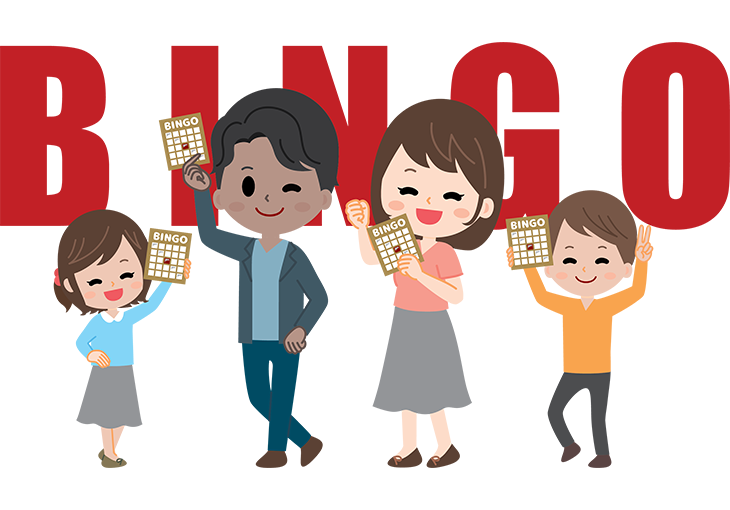














































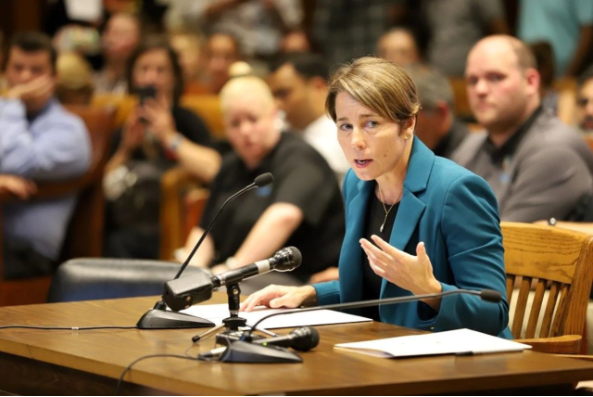






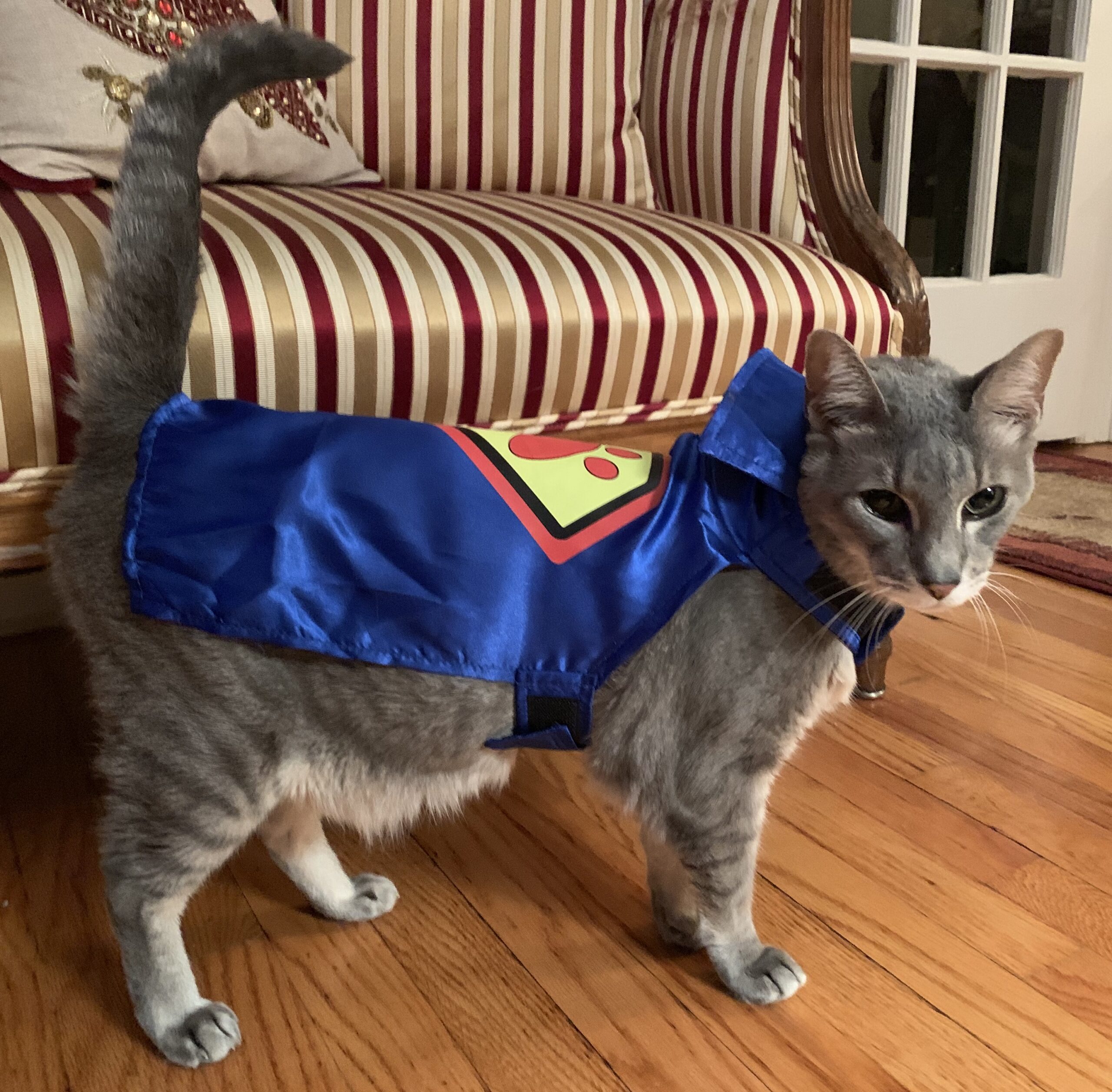
 intensive care regaining my ability to speak and move, my twin brother and I had many conversations. We knew we needed to do more, we needed to be purpose driven.
intensive care regaining my ability to speak and move, my twin brother and I had many conversations. We knew we needed to do more, we needed to be purpose driven.



 Healthy Market VA, a coalition of organizations representing thousands of Virginians with chronic diseases, small business owners, and older adults spoke out on Tuesday, January 28 at the Virginia State Capitol in Richmond to ensure that preserving life-saving patient protections and strengthening Virginia’s health insurance marketplace are top priorities for lawmakers this session.
Healthy Market VA, a coalition of organizations representing thousands of Virginians with chronic diseases, small business owners, and older adults spoke out on Tuesday, January 28 at the Virginia State Capitol in Richmond to ensure that preserving life-saving patient protections and strengthening Virginia’s health insurance marketplace are top priorities for lawmakers this session. Patients shared stories with legislators about how they’ve managed their chronic conditions and why it’s important for Virginia to ensure that pre-existing conditions are protected. Avis Thomas of Richmond, Virginia is mother of four, a kidney transplant recipient, and has suffered life-long health issues. Her children and husband also suffer from chronic health issues. “Nobody signs up to have a pre-existing condition. With all the stressors of life, I can’t seem to shake the hardship of finding affordable and comprehensive healthcare,” she shared.
Patients shared stories with legislators about how they’ve managed their chronic conditions and why it’s important for Virginia to ensure that pre-existing conditions are protected. Avis Thomas of Richmond, Virginia is mother of four, a kidney transplant recipient, and has suffered life-long health issues. Her children and husband also suffer from chronic health issues. “Nobody signs up to have a pre-existing condition. With all the stressors of life, I can’t seem to shake the hardship of finding affordable and comprehensive healthcare,” she shared. populations. “As a physician, I see the importance of affordable, high-quality insurance for every person and family, including those with pre-existing conditions, small business owners, and older adults.” says advocate Dr. Nina Solenski from Albemarle County and member of the American Heart Association’s Virginia Advocacy Committee.
populations. “As a physician, I see the importance of affordable, high-quality insurance for every person and family, including those with pre-existing conditions, small business owners, and older adults.” says advocate Dr. Nina Solenski from Albemarle County and member of the American Heart Association’s Virginia Advocacy Committee. Healthy Market VA works to ensure access to affordable, high-quality healthcare coverage for everyone by strengthening Virginia’s health insurance marketplace. It is made up of health organizations including: American Heart Association, AARP Virginia, Arthritis Foundation, VPLC, The Commonwealth Institute, Leukemia Lymphoma Society, American Lung Association, National Multiple Sclerosis Society, Small Business Majority, Virginia Breast Cancer Foundation, American Cancer Society Cancer Action Network, Hemophilia Foundation and the Hemophilia Association of the Capital Area.
Healthy Market VA works to ensure access to affordable, high-quality healthcare coverage for everyone by strengthening Virginia’s health insurance marketplace. It is made up of health organizations including: American Heart Association, AARP Virginia, Arthritis Foundation, VPLC, The Commonwealth Institute, Leukemia Lymphoma Society, American Lung Association, National Multiple Sclerosis Society, Small Business Majority, Virginia Breast Cancer Foundation, American Cancer Society Cancer Action Network, Hemophilia Foundation and the Hemophilia Association of the Capital Area.








































